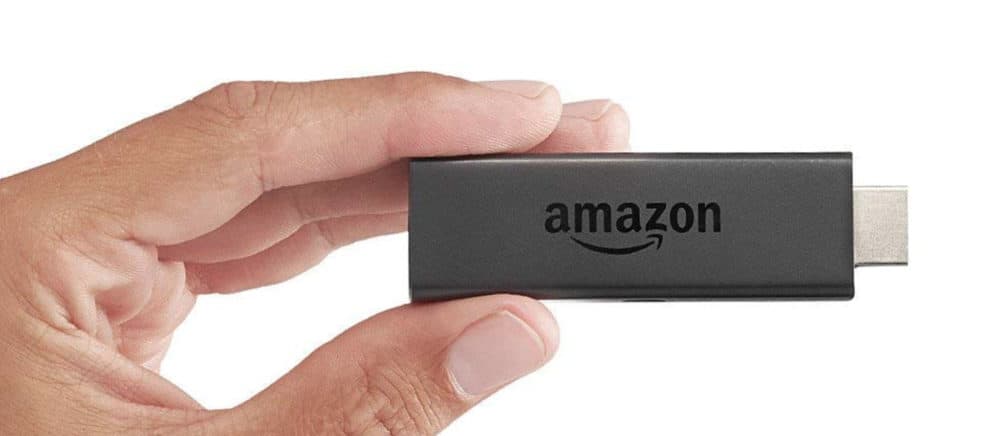
- #How to install kodi on fire stick 2016 apk
- #How to install kodi on fire stick 2016 install
- #How to install kodi on fire stick 2016 update
#How to install kodi on fire stick 2016 install
If you are downloading add-ons to your computer from the web, then it will download as a ZIP, so in order to install them onto your Fire TV Stick or Fire TV, you first need to get them onto its internal storage.įirst, make sure you already have ADB installed on your computer and that your Stick is still connected to adbFire.

Step 6: Push Add-Ons to Fire TV Stick / Fire TV For more options, be sure to check out websites like TV Addons or the official repo included in Kodi ( System -> Addons -> Install From Repository). Genesis has links to movies and TV shows right when they are released, while Phoenix is more for live sports and TV. There are hundreds of add-ons out there for Kodi, but some of my favorites are Genesis and Phoenix. For updates, you can check out Kodi's website and select the ARM link of the Android version. The progress bar at the bottom of the app window will let you know how long it will take, but it should take no more than a few minutes.
#How to install kodi on fire stick 2016 apk
Even after commenting the blacklist in /etc/modprobe.d and disabling the dump1090 service the channel scan and receiving a signal didnt work.Now that adbFire is connected to your Fire TV, you can click Install APK and select the Kodi APK file (linked below). Remark: I tried using tvheadend on a rasi where I had dump1090 for ADB-S installed before. Start Kodi and go to Options – Settings – Addons.įind in category PVR the plugin “Tvheadend HTSP Client”Ĭonfigure the IP adress (of your raspi and the former createt user/password)ĭone! You will find TV in your Kodi home. Check all services you want your devices to access. Go to Configuration – Access entries and create a user for streaming client devices. Mark all channels and press map all (this will create Channels out of the services, which you can find under Configuration – Channel/EPG – Channels Go to Configuration – DVB Inputs – Services and find detected channels there. Select you network and press “Force scan” Go back to Configuration – DVB Inputs – Networks Go to Configuration – DVB Inputs – TV adaptersįind your DVB-T device there, check “enabled” and select the network created on the step before under “Networks” Press “Add”, Select type “DVB-T Network”, give a name on your choice and select your region from Pre-defined muxes. Open webinterface in webbrowser: Go to Configuration – DVB Inputs – Networks usb 1-1.4: New USB device strings: Mfr=1, Product=2, SerialNumber=3 usb 1-1.4: New USB device found, idVendor=0bda, idProduct=2838

usb 1-1.4: new high-speed USB device number 4 using dwc_otg Sudo apt-key adv -keyserver hkp://:80 -recv-keys 379CE192D401AB61Ĭheck if DVB-T tuner was detected (no driver install required):
#How to install kodi on fire stick 2016 update
Sudo apt-get update & sudo apt-get upgrade Setup of tvheadend on Raspi2 with Raspbian Jessie:Īdd keys of additional Repo to your system

In general its not a bad idea to get the latest updates: TV-Tuner usb stick (DVB-T, DVB-S etc) -> Raspi2 with tvheadend server -> network -> Kodi (on FireTV) To set up and test the general funcionality, I deceided to use a RTL-SDR (RTL2832U) I already own. My personal target is, to eliminate the additional sat receiver I have connected to my TV and add a recording feature. Today I made my first steps playing around with the PVR (Live TV) capability of Kodi.


 0 kommentar(er)
0 kommentar(er)
